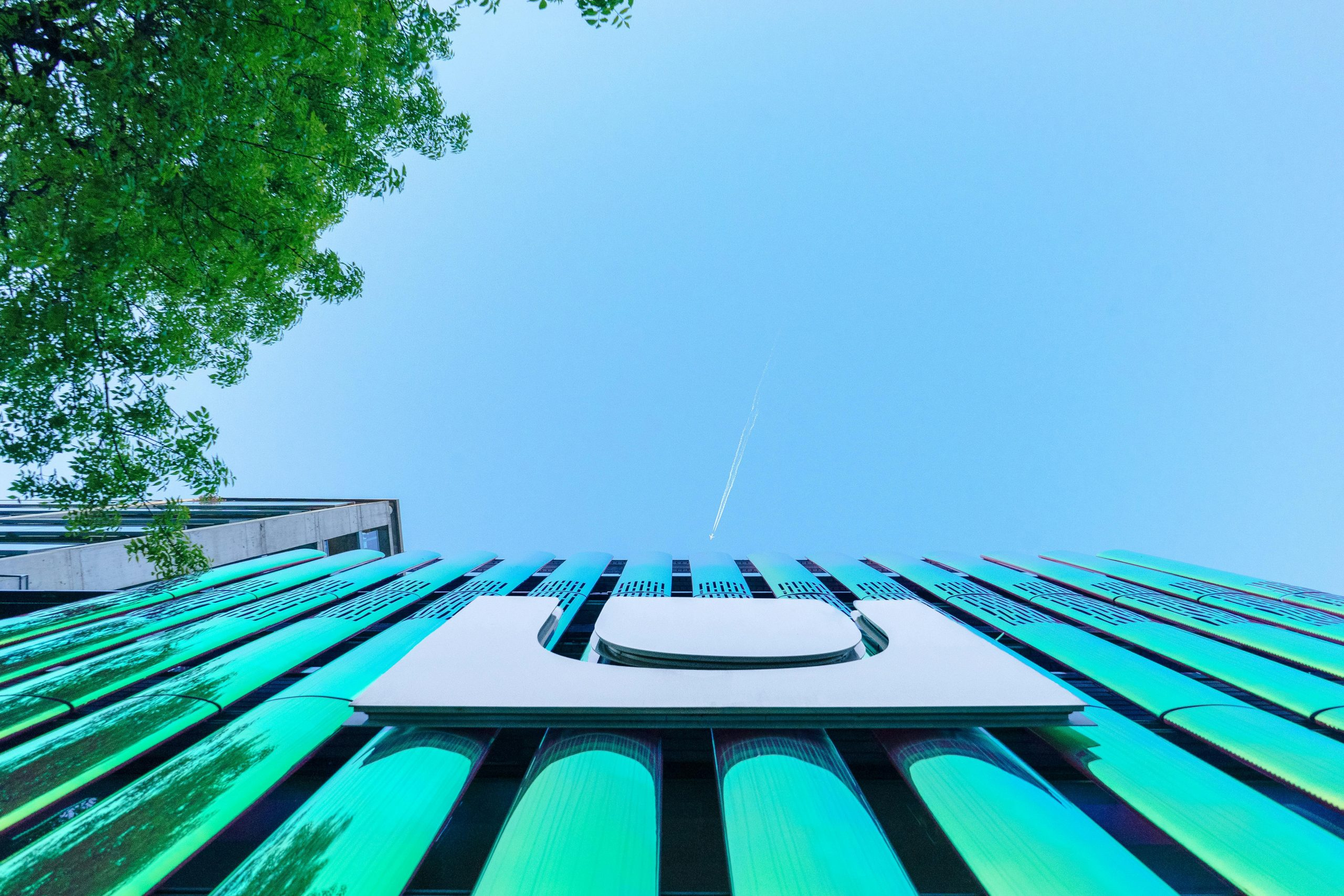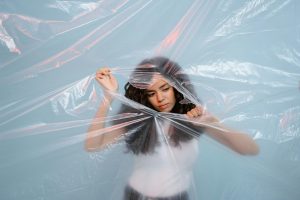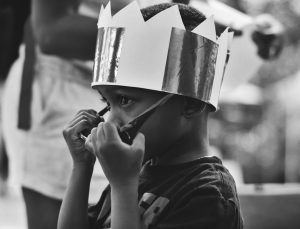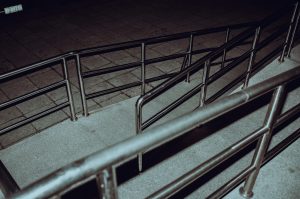Store Design Psychology How Architecture Influences Spending
Walking through a shopping mall or browsing online, we are constantly bombarded with flashy advertisements and enticing product displays. But have you ever stopped to consider the impact of the store’s design on your shopping experience? From the layout of the aisles to the color scheme of the walls, store design plays a crucial role in influencing our spending habits. In this article, we will delve into the world of store design psychology and explore how architecture can influence consumer behavior and ultimately, drive sales.
The Power of First Impressions
We’ve all heard the saying, “first impressions matter”, and when it comes to store design, this couldn’t be more true. The entrance of a store is like a gateway to the shopping experience, and as consumers, we make snap judgments based on what we see. Stores with a strong exterior design and an inviting entrance capture our attention and entice us to step inside. In contrast, a drab or poorly designed entrance can turn us off from the start. This is why retailers spend a considerable amount of time and resources perfecting the exterior design of their stores.
The Role of Color Psychology
One of the most powerful tools in store design is color. Different colors evoke different emotions and can greatly impact our moods and behaviors. For example, warm colors like red and orange are associated with excitement and stimulation, making them perfect for grabbing attention and creating a sense of urgency to buy. On the other hand, cool colors like blue and green promote relaxation and calmness, making them a popular choice for stores that want to create a tranquil shopping atmosphere.
However, it’s not just about choosing the right color, but also using it in the right way. In store design, color psychology is often used to influence the flow of foot traffic. By strategically placing pops of warm colors at the front of the store, retailers can draw customers in and encourage them to move towards cooler colors in the back of the store, where they are more likely to spend time browsing and potentially make a purchase.
The Impact of Layout and Spatial Design
Another key aspect of store design psychology is the layout and spatial design of the store. A well-designed layout can not only improve the customer’s shopping experience but also maximize sales. For example, placing high-demand items towards the back of the store or in less accessible areas can encourage customers to explore the entire store and potentially make additional purchases along the way. Similarly, placing essential items like groceries or toiletries at the end of a long aisle can lead to impulse purchases as customers make their way to the back of the store.
The Role of Lighting and Music
Lighting and music may not seem like crucial elements of store design, but they can greatly influence our shopping behavior. Bright lighting can create a sense of urgency and encourage customers to move quickly through the store, while dim lighting can create a cozy and relaxing atmosphere, perfect for a leisurely browsing experience. Similarly, the type and volume of music can greatly impact our mood and behavior. Upbeat music can energize customers and lead to more impulsive purchases, whereas slow and soothing music can encourage customers to take their time and potentially spend more money.
In Conclusion
Store design is not just about visual aesthetics; it’s a carefully crafted strategy that aims to influence our behavior and drive sales. From the color scheme to the layout, every aspect of store design is strategically planned to create a specific shopping atmosphere and influence consumer behavior in a desired way. So, the next time you step into a store, take a moment to observe how the design is influencing your shopping experience. You may be surprised by the subtle yet powerful impact of store design psychology.









